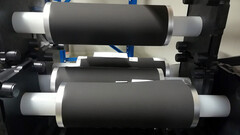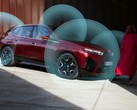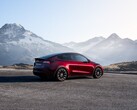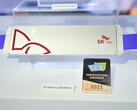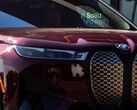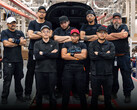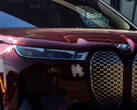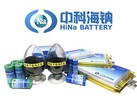The Swiss battery developer Leclanché has managed to solve both the electrode production toxicity conundrum as well as the reduction of rare and expensive cobalt typically used in the cathode mix for high-performance EV batteries. Not only did it manage to bring the cobalt share in the nickel-cobalt-manganese-aluminum (NCMA) mix to 5%, leaving it at 90% nickel, but it also eschews using the toxic N-Methyl-2-pyrrolidone (NMP) as a solvent in the process by introducing a water-based solution instead.
According to Dr Hilmi Buqa, Vice President R&D at Leclanché:
With the water-based production of the high-capacity NMCA cathodes, we have reached a decisive milestone in lithium-ion technology. Until now, producing them using environmentally friendly processes was considered impossible. But, now we have mastered the process.
Tesla, for instance, has been struggling to ramp up its 4680 cell production that still uses the wet electrode coating method with NMP solvent that requires significant energy expenditure for drying. It is yet to master the dry production method, which would allow it to really cut the 4680 pack price in half compared to the traditional 2170 batteries. So far, nearly all of the 4680 battery pack cost reduction in the Texas-made Model Y comes from using the cell-to-pack structural advantages instead of any chemistry advancements.
In fact, the adjusted energy density of Tesla's 4680 cell is on par with that of a 2170 battery. The new low-cobalt battery by Leclanché, however, is not only more environmentally friendly to produce, but also offers 20% higher energy density thanks to the increased share of nickel in the mix, and in the same footprint as current ternary lithium batteries. The cells will be available to EV makers and various other transportation manufacturers like shipbuilders next year with "a longer service life, high cycle stability, and good chargeability," tips Leclanché.


